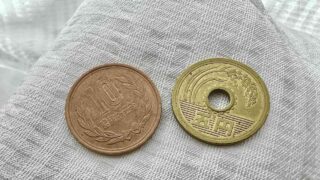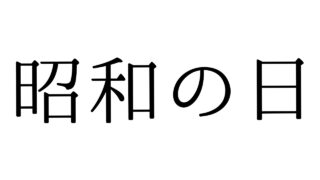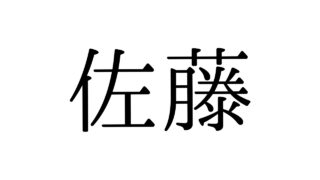Imagine one of America’s tropical paradises, Hawaii, slowly drifting across the vast Pacific Ocean and eventually attaching itself to Japan. It sounds straight out of a sci-fi movie, but there’s a fascinating geological process behind this scenario. Before you start booking “Japan-Hawaii combo vacations,” though, there’s a major catch: Hawaii might sink beneath the Earth’s crust before it ever truly fuses with Japan.
Hawaii on the Move
Hawaii sits atop the Pacific Plate, a massive section of Earth’s crust that’s steadily moving northwest at a few centimeters per year—roughly the speed at which your fingernails grow. Meanwhile, Japan lies at the intersection of multiple plates (like the Eurasian, North American, and Philippine Sea plates). Over millions of years, the motion of these plates would, in theory, carry Hawaii ever closer to Japan.
Plate Tectonics 101
- Hotspot Volcanoes
Hawaii is formed by magma bursting through a “hotspot” in the Earth’s mantle. While the hotspot stays relatively fixed, the Pacific Plate (and thus the Hawaiian Islands) drifts slowly across it. - Northwest Drifting
As new volcanic islands emerge near the hotspot, older ones move off in a northwesterly direction, making the archipelago a chain of progressively older islands.
The Astonishing Prospect: Hawaii and Japan Converging
It’s true that if we extrapolate the Pacific Plate’s slow drift far enough into the future, Hawaii would inch nearer to Japan. If someone told you that “Hawaii is traveling to Asia,” they wouldn’t be entirely wrong—just extremely optimistic about how long it would take!
The Shock Factor
- Mind-Blowing Concept: Hawaii, an iconic U.S. state, theoretically merging with Japan!
- Incredibly Slow Pace: We’re talking about millions of years—glacially slow in human terms, but lightning speed in geological time.
Reality Check: Subduction Before Union
Here’s the big plot twist: as the Pacific Plate edges closer to Japan, it encounters a subduction zone. Subduction zones are areas where one tectonic plate dives beneath another. If Hawaii ever reaches that zone, it’s likely to sink into the Earth’s mantle long before it can latch onto Japan.
- Subduction in Action: The oceanic crust goes under the continental crust (or another oceanic crust), effectively recycling Earth’s surface material back into the mantle.
- Disappearing Islands: Rather than forming a brand-new Hawaiian-Japanese super-island, the more probable outcome is that Hawaii’s islands would be swallowed up by the trenches.
Final Thoughts
So, is Hawaii really drifting toward Japan? Yes, in a sense. Could they literally form one landmass down the road? Possibly—but only if they somehow bypass the subduction zone. Given the Earth’s tectonic system, “Hawaii becomes part of Japan” is far more sensational than likely to occur. Still, the mere idea that two seemingly distant places are connected by the slow dance of plate tectonics is enough to stir anyone’s imagination.




















